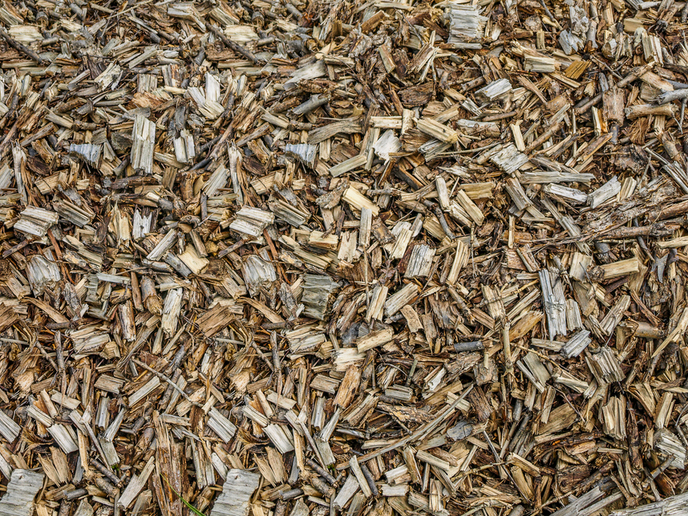Dispensing with polluting olefins in gasoline
Olefins or alkenes are unsaturated hydrocarbons containing one or more double carbon-carbon bonds in their molecules. Their presence in fcc-derived gasoline is as high as 30% and combustion of such olefins rich gasoline produces an abundance of environment polluting substances. As a consequence of the fast growing European concern on environmental issues, new directives on gasoline require an 18% reduction of olefins. The technologies currently available for accomplishing such a task relies on the extensive use of yet another environmentally polluting category of materials; catalysts. Furthermore, not only is their environmental impact significant but also the application and installation of such technologies at refineries requires new investments, high-energy consumption and results in high operation costs. The current project has conducted an in depth research into olefin separation and has accomplished such separation without the aid of either catalysts or hydrogen. A polymer membrane system can be used for olefin paraffin separation that is more energy efficient and more profitable. The best membrane material was selected after conducting extensive quality tests on seven different polymer membrane materials. Consideration of permeability, selectivity, availability and price showed that a polyamide, Matrimid 5218, is the best for developing hollow fibre membranes. Subsequently six commercial tests for sample production at various flow rates were conducted. The samples were used for the gas separation and pervaporation pilot tests. If the polymer membrane is made out of thermally untreated fibres, the tests show that membrane performance declines with time. The membrane possibly loses its plastic deformation properties or condensation phenomena alter the material's properties. These problems are eliminated if thermally heated fibres are used. In this case, the higher operating temperatures of 700 C prevents condensation effects and ensures high permeation rates. The experimental and pilot tests were also used to develop software models for membrane process simulation and possible future scale up. The combination of the actual experimental data and the software model's results provided the basis for a techno-economical evaluation of the membrane process in comparison with other available technologies. The study shows that with minor improvement of operational conditions, the membrane separation process is economically competitive and can aid considerably our effort for a cleaner and better environment.







